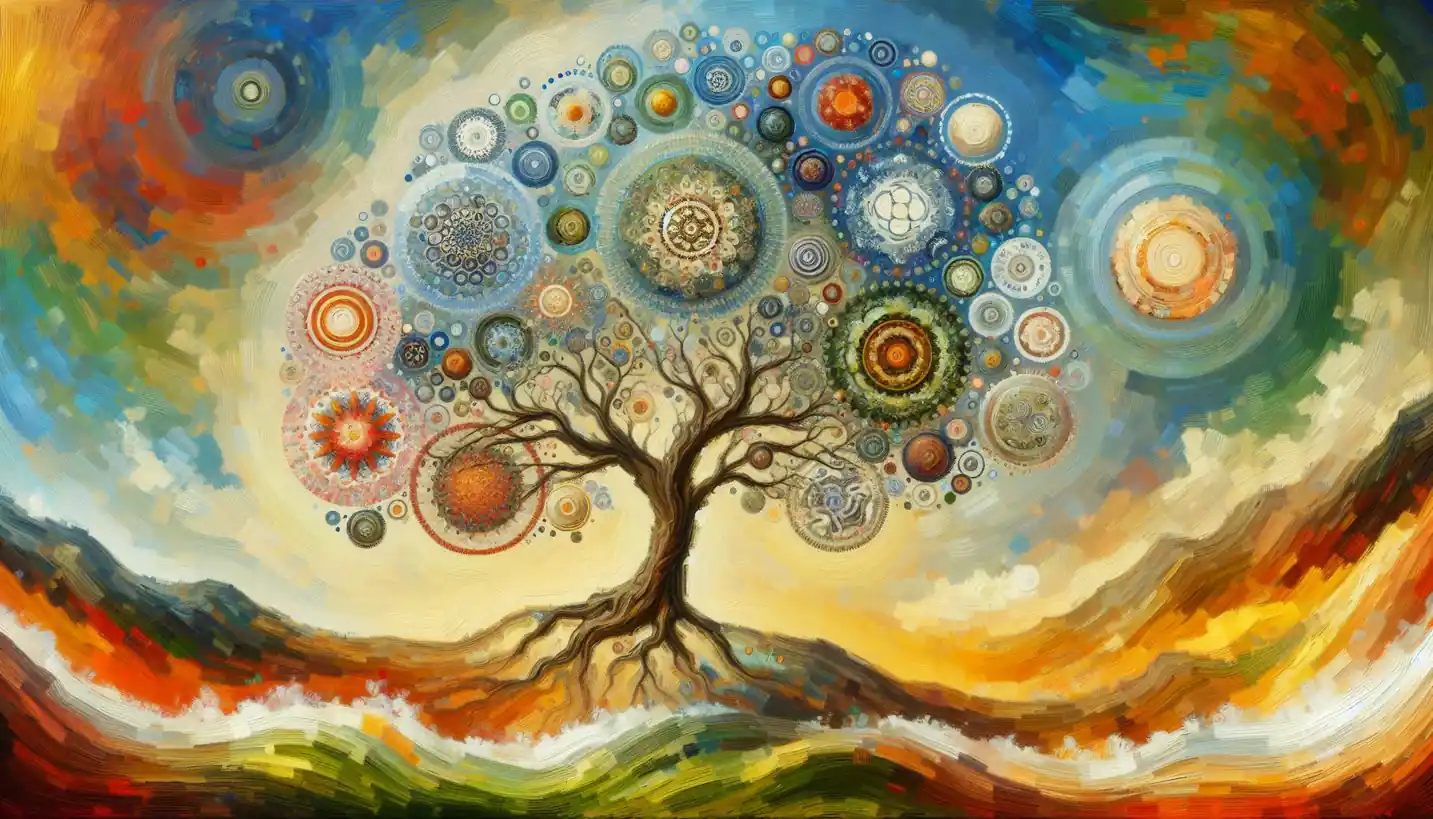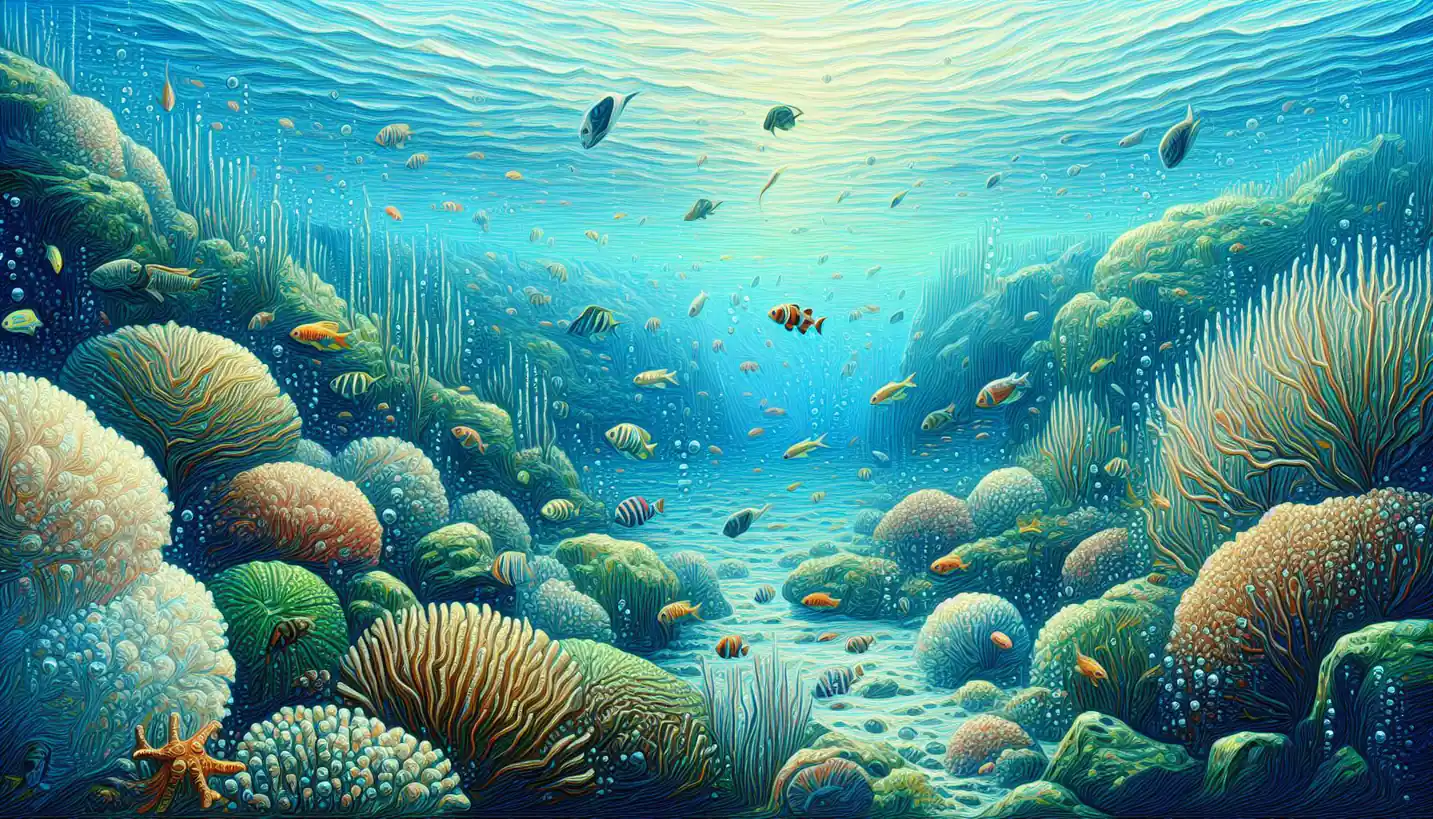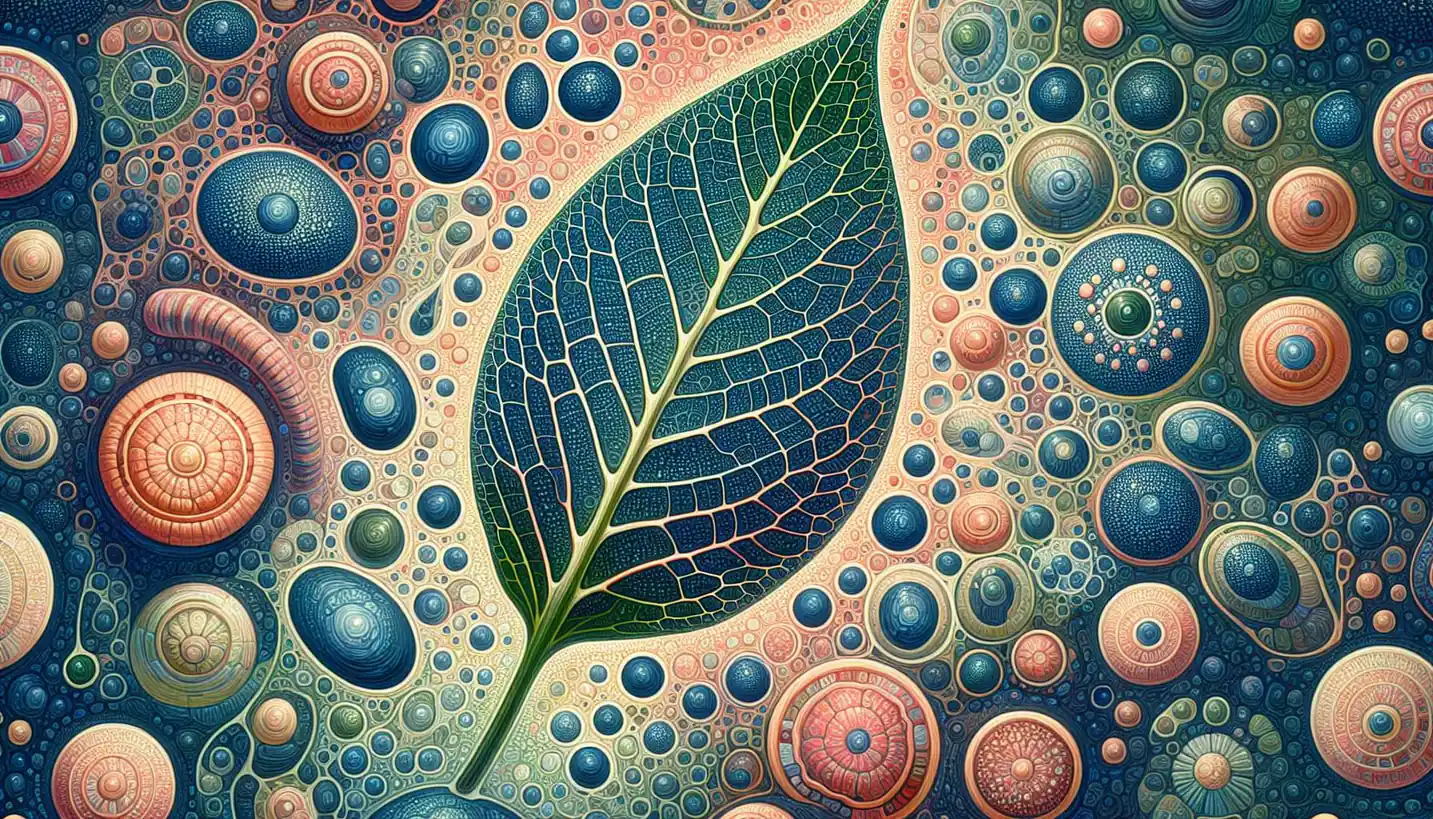· Biology · 4 min read
Macroevolution: Exploring the Big Picture in Evolutionary Biology
Macroevolution offers a view of evolution's grand scale, spanning vast timescales. Explore how large-scale changes influence the diversity of life.

Suddenly, you’re looking at the vast tapestry of life on Earth, and you wonder how it all came to be. That’s where macroevolution comes into play. It’s like flipping through the grandest album of nature’s history, seeing how species evolve over millions of years, leading to the incredible diversity of life we witness today.
Understanding Macroevolution
Macroevolution is all about the big changes. Picture it as the sweeping evolution that happens on a grand scale, beyond the changes we see every day. It’s not just about how a single species changes (that’s microevolution) but how these changes accumulate to form new species, genera, families, and beyond.
Imagine an ancient fish that somehow gave rise to all amphibians. That’s macroevolution in action. It’s the scientific equivalent of watching small ripples turn into giant waves, shaping the shoreline over time.
The Process Behind Macroevolution
So, how does this magic happen? It’s not exactly magic, but rather, a series of changes driven by genetic mutations, natural selection, and genetic drift over vast periods of time. Here’s where Darwin’s theory of natural selection plays a critical role, guiding which traits become common in a population.
Think of it like natural ‘filters’ that allow only the best-adapted species to thrive and carry on into the future, leading to entirely new branches of life. Over countless generations, these traits build up, causing species to diverge in remarkable ways.
Evidence for Macroevolution
You might be asking, “Where’s the proof?” Well, fossil records serve as nature’s time capsules, showing us snapshots of the past. From tiny bacteria to mighty dinosaurs, fossils tell the story of life’s evolution. Each layer of rock is like a page in Earth’s biological history book, allowing scientists to trace the lineage of different species.
Another compelling evidence stems from genetics. By comparing DNA across different species, scientists can map out evolutionary relationships. This is like comparing family photos through the ages, revealing surprising connections.
Real-Life Examples
One famous example of macroevolution is the evolution of whales. Millions of years ago, the ancestors of whales walked on land. Through gradual changes, driven by the need to adapt to an aquatic environment, these terrestrial creatures transformed into the graceful giants of the sea that we know today.
Similarly, birds are thought to have evolved from theropod dinosaurs. This mind-bending lineage might make you look at modern-day birds differently, appreciating the deep evolutionary ties they share with prehistoric giants.
Macroevolution vs. Microevolution
Sometimes, people get confused between macroevolution and microevolution. The key difference is scale. Microevolution involves smaller, quick changes within a species—like color variations in peppered moths over the course of years due to pollution. Macroevolution, on the other hand, describes large-scale transformations that create entirely new species or groups over millions of years.
The Importance of Macroevolution
Understanding macroevolution is crucial for several reasons. It not only helps us appreciate the diversity of life but also provides insights into how current species might evolve in response to environmental changes. It even assists us in predicting how ecosystems could shift, which is particularly important given today’s climate challenges.
Moreover, studying macroevolution enhances our knowledge of extinction events and their impacts on life’s trajectory, revealing the resilience and adaptability inherent in nature.
Common Misconceptions
A popular misconception is that macroevolution is just too slow to observe. While it’s true that these changes take a long time, significant shifts are often recorded in the fossil record and through genetic studies, providing ample evidence of its processes. Some people also mistakenly believe that macroevolution contradicts religious beliefs, but many find ways to harmonize scientific understanding with personal faith.
What the Future Holds
As we look to the future, questions abound. Could humans be witnessing macroevolutionary changes in their lifetime with creatures adapting to urban environments? How will technology influence the course of evolutionary paths? The possibilities are both vast and exciting.
In conclusion, macroevolution offers a lens through which we can examine the magnificent story of life’s diversity, illustrating how interconnected all life forms are. From ancient seas to sprawling forests, it’s amazing to think how life has flourished and transformed across eons, continuously painting the vast canvas of Earth’s biosphere. By exploring these evolutionary processes, we’re not just looking at history; we’re gazing into the future, pondering new possibilities and changes yet to come.


